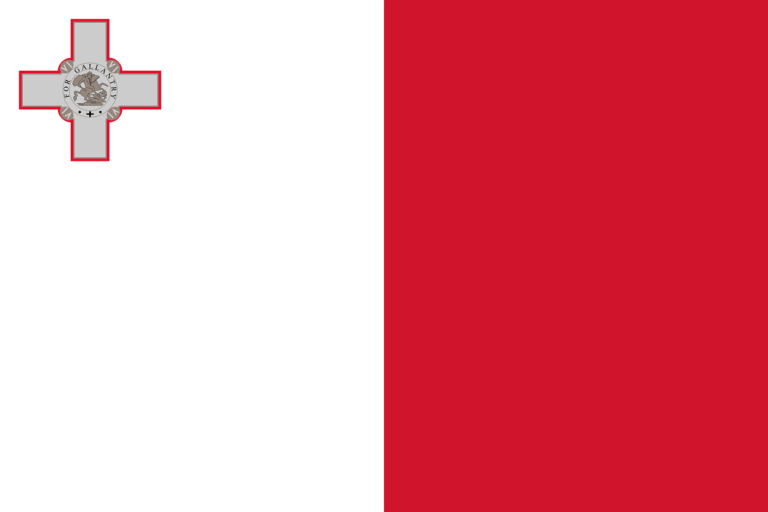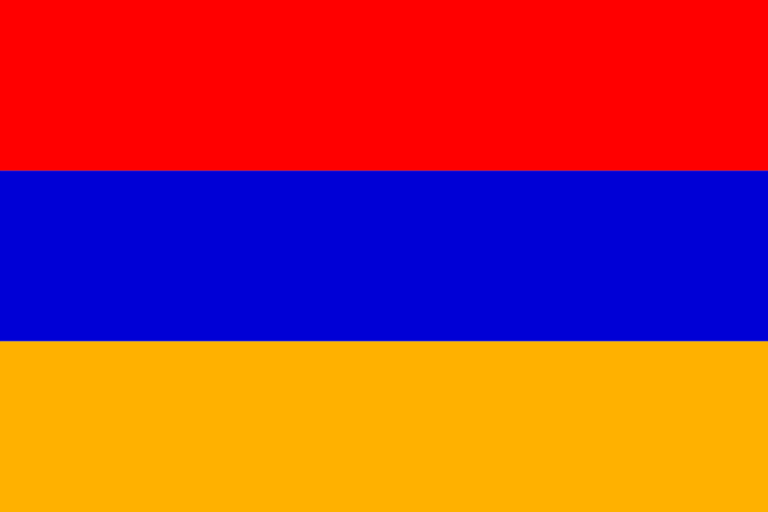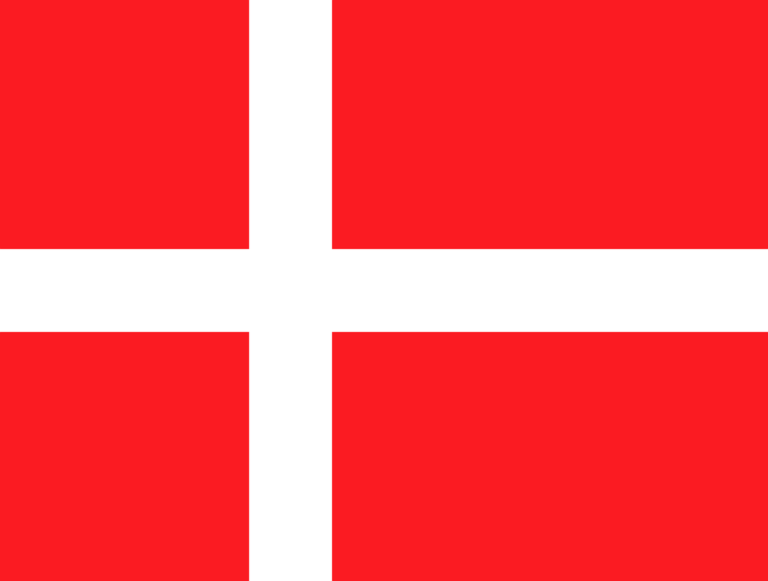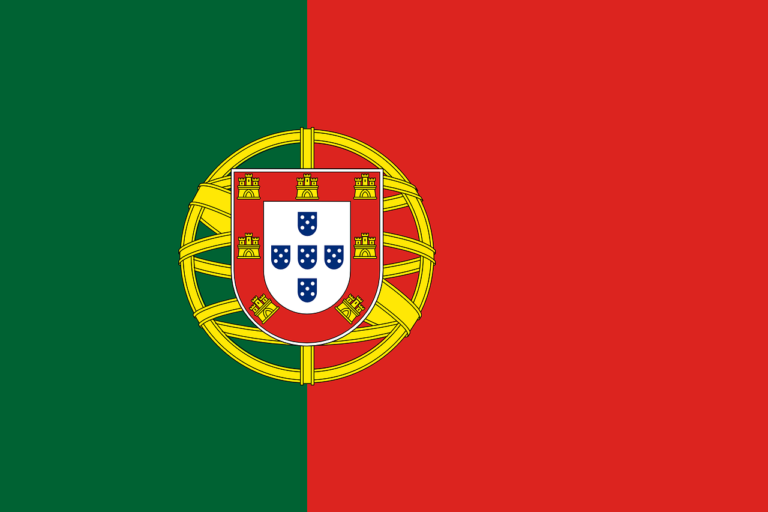Flags have always held profound significance, representing the history, values, and aspirations of a nation. The national flag of Romania, with its unique design and symbolic colors, serves as a proud emblem of Romanian identity, cultural heritage, and national pride. In this blog post, we will delve into the captivating story behind the Romanian national flag, exploring its origins, symbolism, historical significance, and enduring importance in Romanian society.
Origins and Design:
The Romanian national flag, known as the “Tricolor,” features three vertical stripes of equal width. The colors from left to right are blue, yellow, and red. The blue color represents freedom, faith, and loyalty. The yellow color symbolizes justice, generosity, and the abundance of the Romanian land. The red color signifies bravery, valor, and the sacrifices made by the Romanian people in their pursuit of independence and national unity.
Symbolism and Meaning:
Each color on the Romanian national flag carries profound symbolism. The blue color reflects the importance of freedom and loyalty to the nation. It embodies the ideals of democracy, sovereignty, and the desire for progress. The yellow color represents the principles of justice, fairness, and the richness of Romania’s natural resources. The red color signifies the courage, sacrifice, and resilience of the Romanian people throughout history.
Historical Significance:
The adoption of the tricolor design for the Romanian national flag can be traced back to the mid-19th century during the period of the Wallachian Revolution. The flag became a symbol of the struggle for independence and national unity against foreign domination. Over the years, the flag has witnessed various historical milestones, including the unification of Romania, the fight against communism, and the country’s journey towards democracy.
Cultural and National Identity:
The Romanian national flag holds deep cultural and national significance for the Romanian people. It is proudly displayed during national holidays, celebrations, and public events, symbolizing the shared values, heritage, and pride of the Romanian nation. The flag fosters a sense of unity, identity, and patriotism among the Romanian population, reinforcing their cultural heritage and aspirations for a prosperous future.
International Recognition and Influence:
The Romanian national flag is recognized internationally as a symbol of Romanian culture, heritage, and national identity. It represents Romania at various international events, diplomatic missions, and sporting competitions, showcasing the country’s contributions to the global community. The flag’s design and symbolism have also influenced various artistic and cultural expressions, reflecting its impact and recognition beyond national borders.
The Romanian national flag, with its distinctive tricolor design of blue, yellow, and red, stands as a powerful symbol of history, unity, and national identity. It embodies the values of freedom, justice, and bravery that are deeply embedded in Romanian culture and history. The flag serves as a constant reminder of Romania’s rich cultural heritage, shared aspirations, and the indomitable spirit of its people. As Romania continues to shape its future, the national flag will remain a cherished emblem, representing the unity, pride, and unwavering commitment to the progress and prosperity of the Romanian nation.






